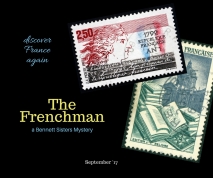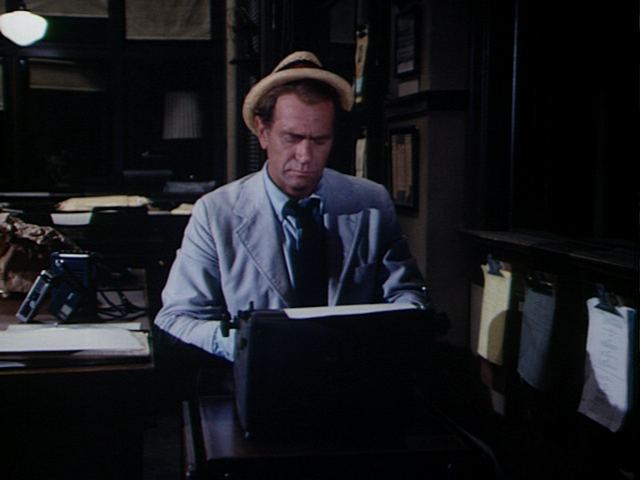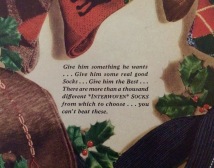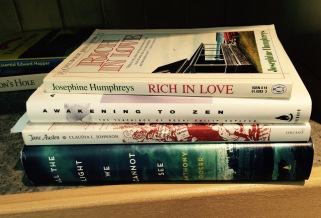I’ve been enjoying learning the ropes from a cool bunch of writers on Facebook who are dedicated to writing LOTS of books. They say the more books you have out, the easier it is for readers to find you and thus, the better your revenue stream will be. That means money, to the writer. Crass and commercial as that may seem to some writers and readers, it’s impossible to not think about money. It gives the writer space to be creative, time to dream, and a reason to write another book.
 As my fifth book in my Bennett Sisters Mysteries launches I feel this effect. When I run some cheap ads on Facebook for the new book, people discover the whole series. Now at five, there is some heft, some reason for people to think about connecting long-term to these characters.
As my fifth book in my Bennett Sisters Mysteries launches I feel this effect. When I run some cheap ads on Facebook for the new book, people discover the whole series. Now at five, there is some heft, some reason for people to think about connecting long-term to these characters.
I’ve also been doing a blog tour for The Frenchman, the new one, and wrote this guest post about how the characters have changed, and I’ve changed in my understanding of them over the years. (See Beth’s post on Shelf Rider.)
As I launch the fifth installment in the Bennett Sisters Mystery series it occurs to me that one of the joys of writing a long series is the chance to really dig deep into the personalities of the characters. Although I originally conceived of the series as linked stand-alones about each of the five sisters, the first book, Blackbird Fly, centered on the middle sister, Merle. When I eventually continued the series, I continued Merle’s journey of self-discovery after the sudden death of her husband. It just made sense that one summer sojourn in France wouldn’t cure all her problems, lovely as France might be.
 So Merle has a Frenchman. Initially, like Merle, I didn’t see how a long-distance relationship with a man who lived across an ocean would work. How could she work in New York City and Pascal work all over France’s wine country and they continue a romance? Because, although I didn’t write the series as a romance, women have love affairs— have you noticed? And they like to read about them. Merle’s affair with Pascal might have just been a fling, a curative, that first summer. But as the series goes along it’s obvious that Pascal thinks of it as something more. Although Merle isn’t sure what he thinks— he’s a Frenchman and you know how they are— her feelings mature, especially in this fifth book.
So Merle has a Frenchman. Initially, like Merle, I didn’t see how a long-distance relationship with a man who lived across an ocean would work. How could she work in New York City and Pascal work all over France’s wine country and they continue a romance? Because, although I didn’t write the series as a romance, women have love affairs— have you noticed? And they like to read about them. Merle’s affair with Pascal might have just been a fling, a curative, that first summer. But as the series goes along it’s obvious that Pascal thinks of it as something more. Although Merle isn’t sure what he thinks— he’s a Frenchman and you know how they are— her feelings mature, especially in this fifth book.
Their relationship is an underpinning in the novels to intrigue, sisterhood, and the joys and trials of mid-life. The sisters range in age from 40 to 55, or so, and I try to find aspects of women’s lives that are interesting and challenging. Life can be hard but reading about how other women make choices and navigate the pitfalls is helpful and revealing to me, and I hope to readers.
As a writer you never know how readers will react to your characters. Will they think them weak and stupid for their choices? (Yes, I’ve had that review.) Or will they identify with them, cheer for them, hope for them? That’s what I live for, that identification from the reader. I am not an Everywoman myself. I am opinionated and cranky and sometimes not that nice. Also, funny, a good friend, a loving parent— I hope. We all have so many aspects. I see some of myself in each of the five Bennett Sisters. I am a middle sister myself though, that’s why Merle appeals to me.
I recently had a review of Blackbird Fly that made all the writing worthwhile. (I love that readers are still discovering the series.) A reader said “The main character, Merle Bennett, could have been me, though I’m not a lawyer, have never inherited a house in France, and never had her problems. The writing puts you in the book.”
Right there, that’s why I write.
Then, if you love France like I do, the reviewer says that for her, at least, I got something right: “I’ve spent enough time in France to know that Albert, Mme Suchet, and the others in the village who snubbed, helped, or sabotaged Merle are just so … French. The story unfolds just as it should along with Merle’s self-discovery and personal regrets.”
And so Merle’s journey continues in The Frenchman. Who is the Frenchman, you ask? There is of course Pascal, Merle’s Frenchman. But there are many more in this book, policemen and old villagers, young punks and charming neighbors. And in Merle’s novel, chapters of which are included in the novel, there are Frenchmen from the Revolutionary period: farmers and rebels, nobles and royals, villagers and strangers. I had such fun writing Merle’s novel— which will be fleshed out and published separately as well— about a goat-herder who flees the terror in Paris for a farm in the Dordogne. Merle calls it ‘Odette and the Great Fear,’ and it will be available soon as an e-book.
I hope your writing and reading goes well as we ease into chilly weather– the best time to read and write! Happy autumn.
Lise

 As writers we sometimes feel blessed — or cursed — with a continuing education. Every day we write we are on some learning curve or other, struggling to remember what happened yesterday in the story, where it’s going, what the research says, and how to put the perfect sentence together. The advent of brisk fall weather reminds us of back-to-school, even though most of us haven’t been to actual school for decades. Autumn is a time of endings, but also beginnings. New pencils, new friends and old, clean reams of paper, spotless notebooks ready to be scribbled in: this is autumn.
As writers we sometimes feel blessed — or cursed — with a continuing education. Every day we write we are on some learning curve or other, struggling to remember what happened yesterday in the story, where it’s going, what the research says, and how to put the perfect sentence together. The advent of brisk fall weather reminds us of back-to-school, even though most of us haven’t been to actual school for decades. Autumn is a time of endings, but also beginnings. New pencils, new friends and old, clean reams of paper, spotless notebooks ready to be scribbled in: this is autumn.
 Lise is not happy about NOT attending this year’s World Mystery Convention, Bouchercon, in New Orleans. It’s always a blast, a sort of writers high school reunion. So she adds this silly photo from last year’s event in Raleigh, NC, to remember the good times.
Lise is not happy about NOT attending this year’s World Mystery Convention, Bouchercon, in New Orleans. It’s always a blast, a sort of writers high school reunion. So she adds this silly photo from last year’s event in Raleigh, NC, to remember the good times. one, The Girl in the Empty Dress. To mark the occasion and thank readers she is giving away copies of Blackbird Fly, the first in the series.
one, The Girl in the Empty Dress. To mark the occasion and thank readers she is giving away copies of Blackbird Fly, the first in the series. 









 In books and stories we are often drawn to the most colorful characters. Whether we’re writers or readers, villains and jokesters can make or break a book. We love when the hero’s perfect day is shattered by something funny or humiliating, when the heroine is shocked by a little mayhem. Is it any wonder we are fascinated with bad boys, motorcycle gangsters, despicable rich assholes, and the ultimate chaos-creator, the serial killer?
In books and stories we are often drawn to the most colorful characters. Whether we’re writers or readers, villains and jokesters can make or break a book. We love when the hero’s perfect day is shattered by something funny or humiliating, when the heroine is shocked by a little mayhem. Is it any wonder we are fascinated with bad boys, motorcycle gangsters, despicable rich assholes, and the ultimate chaos-creator, the serial killer?


 fourth time in ten years I’ve packed up a house and unpacked it again. Sometimes I do the packing, sometimes, like this time, I have someone else pack for me. The one thing I always pack, and unpack, myself is my books.
fourth time in ten years I’ve packed up a house and unpacked it again. Sometimes I do the packing, sometimes, like this time, I have someone else pack for me. The one thing I always pack, and unpack, myself is my books.
 Harbor. (I have written a short story about it:
Harbor. (I have written a short story about it: 
 My husband has a large collection of books on Zen Buddhism and meditation. While I have done my share of meditating I have never been able to sustain enough interest to read
My husband has a large collection of books on Zen Buddhism and meditation. While I have done my share of meditating I have never been able to sustain enough interest to read